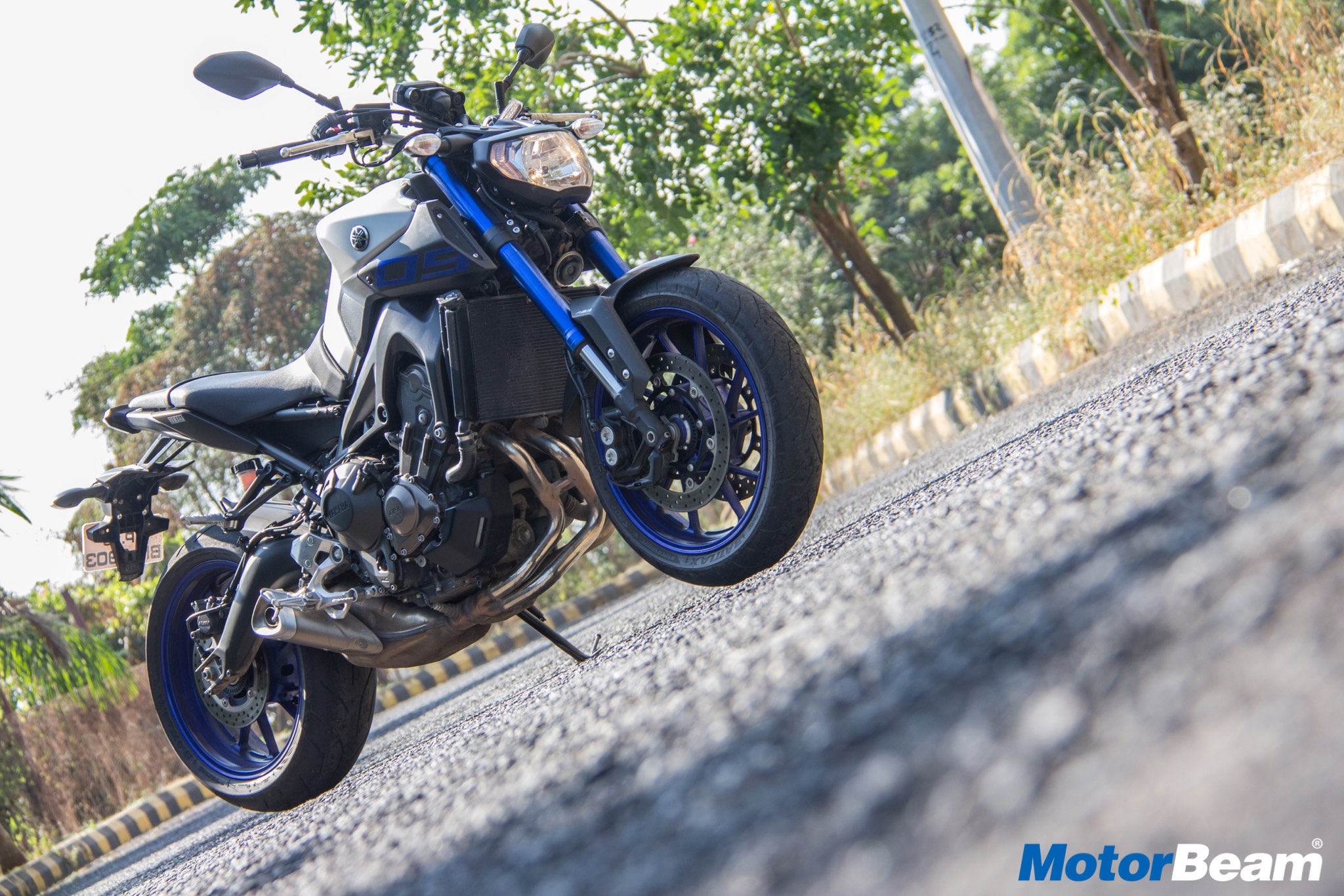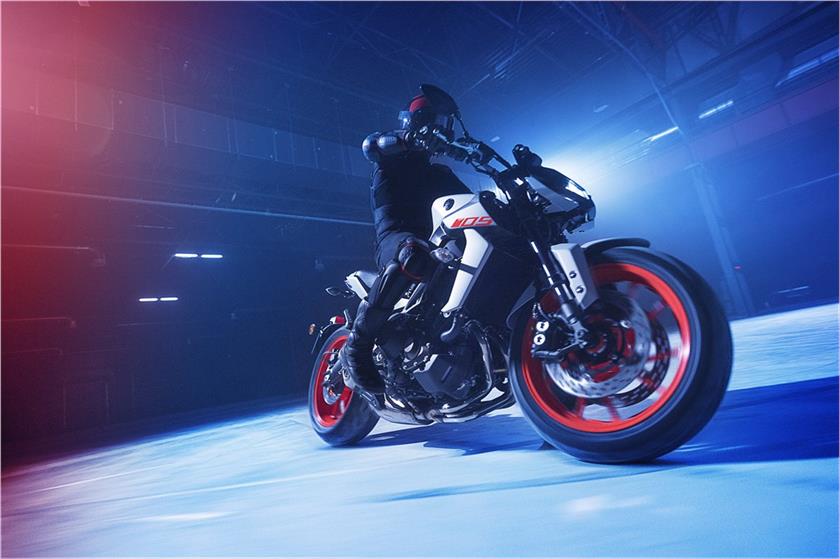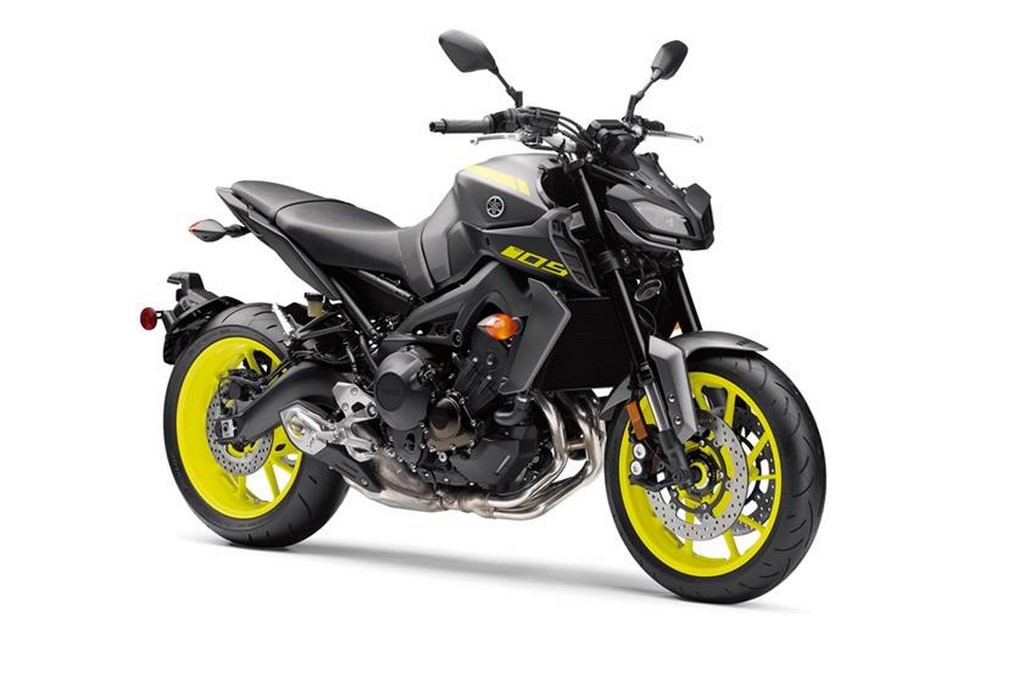
Yamaha MT-09 Review
Bike Tested: Yamaha MT-09; Road Test No. 884; Test Location: Pune, Mumbai
Price OTR Mumbai: Rs. 12,39,450/-
The Yamaha MT-09 has oodles of torque, it just wants to ride on the rear wheel
Yamaha first got the cross-plane engine in the R1 in 2009. But in 2014, Yamaha got another engine in the same cross-plane configuration but this time it was an inline-3 engine. They plonked this motor in the Yamaha MT-09 and launched it worldwide. The Yamaha MT-09 also called the FZ-09, got a lot of attention in North America for its funky attitude and lively engine. At the 2016 Auto Expo, it made its way onto Indian shores. Now we’ve finally had the ride of this mini naked rocket and to be honest, we are quite impressed. This is how the stint with the Yamaha MT-09 went.
Motor Quest: Cross-plane engines are one of the most unique configured engines. However, these configurations were present only in cars and mostly in V8s. They made their way into motorcycles in 2009. From 2009 onwards, all the Yamaha R1 engines came in cross-plane inline-4 configurations and the tech has been developed in MotoGP.
Least amount of bodywork, yet the Yamaha MT-09 looks bold
Styling – The Yamaha MT-09 portrays a simple overall design. A naked bike with brightly visible front USD forks and not much of a body-line except for the tank. The tank is the only bit that differentiates the colours and accordingly, the alloys and forks get a contrasting high-visibility paint job. Below the tank is the clearly visible CF-diecast aluminium frame which holds the massive engine while 3 shiny pipes make their way to a short under-belly exhaust. Everything looks neat and well put together except for the tail-light. It along with the rear fender look like they we added later to the motorcycle. The overall proportion of the MT-09 matches very well for a street-fighter machine.
The instrument cluster is tiny but it’s completely loaded with information
Instrument Cluster and Switchgear – The instrument cluster on the Yamaha MT-09 is by far the smallest fully digital console seen on such a motorcycle. The cluster is super compact yet it provides a lot of information. Basic information is standard like the odometer, speedometer, fuel gauge, gear position indicator and a clock. While it also provides information about the traction level and riding modes along with fuel consumption toggled with the trip meters. The switchgear feels premium and it’s easy to use. Changing the riding modes and the traction control is within the reach of a thumb which is really good. The position of the key feels a little too forward and looks like it’s out there because the bike needs one.



